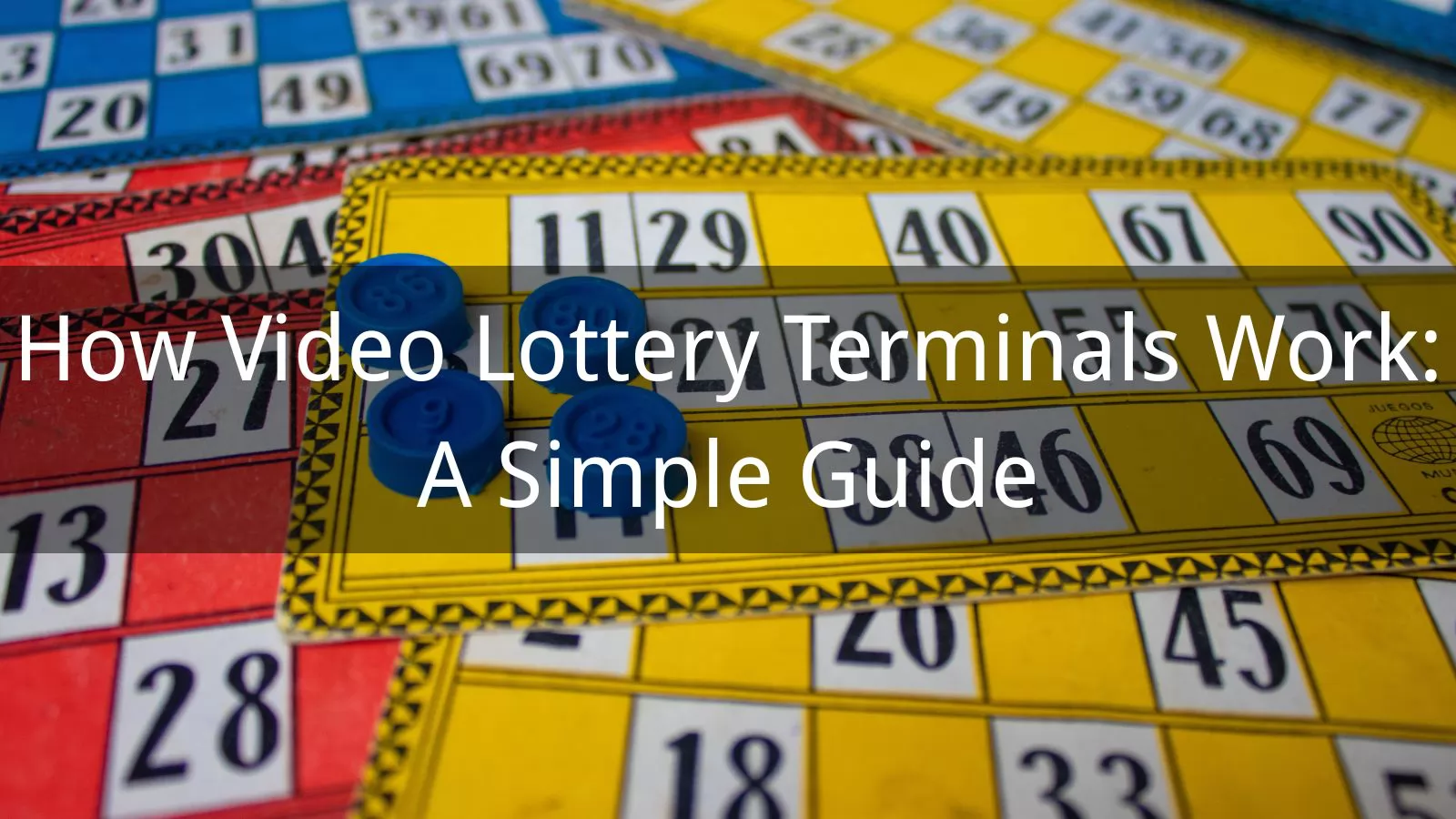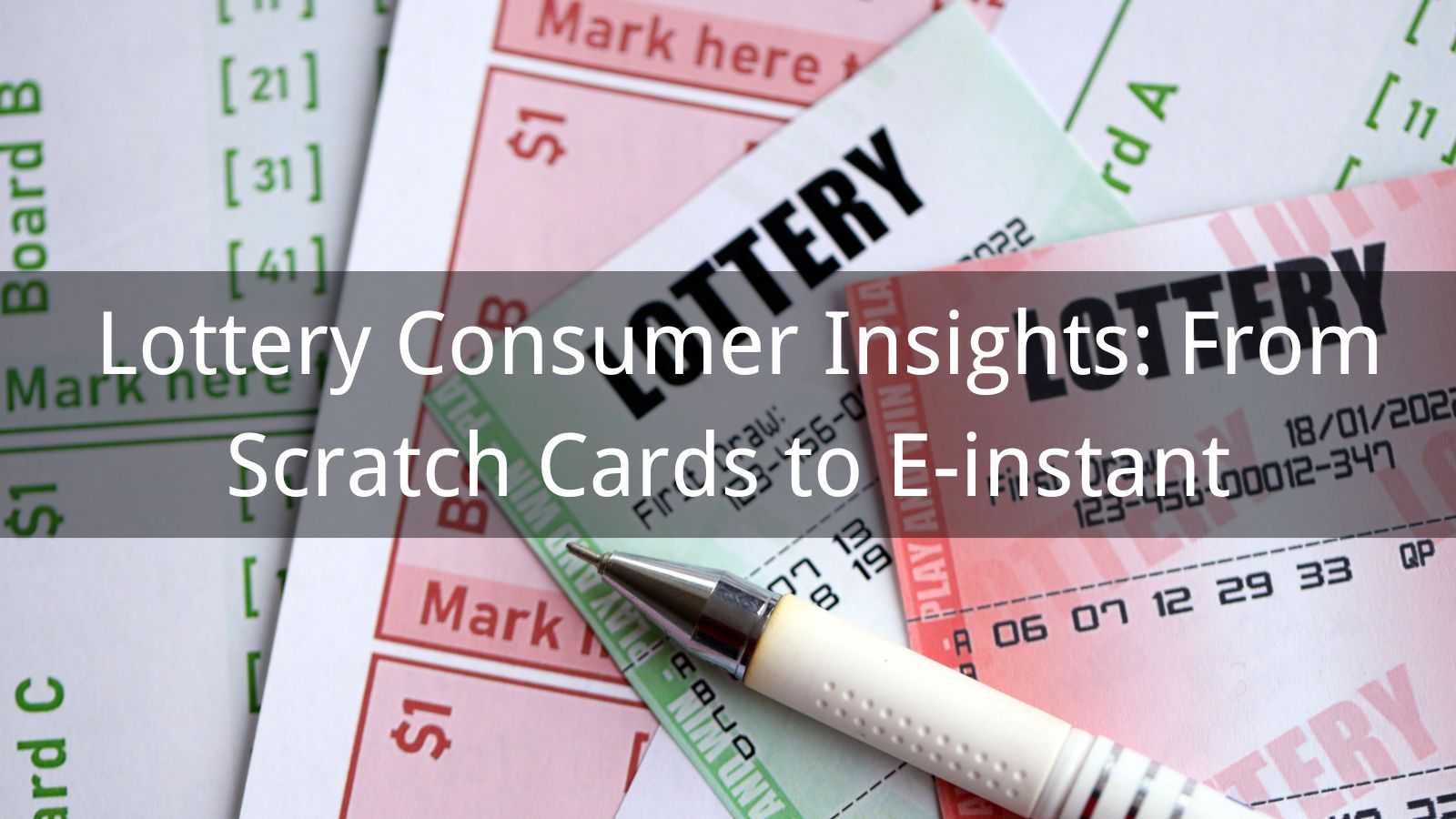



Video Lottery Terminals (VLTs) are a vital part of today’s regulated gaming industry, offering players a digital experience similar to slot machines—but with key differences. If you’ve ever wondered what a VLT is or how video lottery terminals work, this simple guide breaks it all down. From game mechanics to centralized systems, VLTs combine technology and regulation to deliver secure, fair gameplay.
Whether you're a curious player, an operator, or exploring VLT solutions for your business, understanding these machines is essential. Keep reading to discover how VLTs function, where they’re used, and what makes them different from traditional casino games.
Video lottery terminals (VLTs) are electronic gaming machines that combine lottery-style gameplay with slot-like features, offering engaging entertainment in regulated venues like casinos, bars, and lottery parlors. Unlike traditional slot machines, VLTs are typically linked to a central lottery system, ensuring state-regulated fairness and payouts.
Powered by random number generators (RNGs), video lottery terminals provide random outcomes for games like poker or keno, displayed on touchscreen interfaces. Popular for their accessibility and vibrant graphics, VLTs adhere to strict gaming regulations, distinguishing them from standalone slots. Understanding how VLTs work helps players enjoy these dynamic gaming terminals responsibly.
Video lottery terminals (VLTs) are electronic gaming machines that operate using a random number generator (RNG) to ensure fair outcomes. Players interact through touchscreen interfaces, selecting bets and games. The RNG determines results, mimicking lottery draws, while payouts follow regulated Return to Player (RTP) rates, typically set by state or regional authorities.
VLTs connect to a central system, ensuring oversight and compliance with gaming laws. Unlike slot machines, VLTs are often linked to lottery networks, offering diverse games with vibrant graphics. Understanding how VLTs work helps players enjoy them responsibly, knowing outcomes are random and regulated for fairness.
Video Lottery Terminals (VLTs) are electronic gaming machines used in regulated lottery and gaming environments. Unlike traditional slot machines, VLTs are connected to a centralized computer system that determines game outcomes and ensures fairness. Each VLT features a video screen, buttons or touchscreen controls, and software that delivers a variety of games—commonly video poker, keno, or digital reels. VLTs operate using a Random Number Generator (RNG), but results are validated and controlled by a central server, not the machine itself.
This system allows lottery authorities to monitor performance, enforce compliance, and manage payouts. VLTs are typically found in licensed venues such as casinos, bars, or retail outlets. Understanding how VLTs work is crucial for operators, regulators, and players alike, especially as the market for secure, accountable gaming continues to grow.

One of the most common VLT games is video poker. These games simulate traditional poker hands, allowing players to make decisions such as holding or discarding cards. Video poker on VLTs combines elements of skill and chance, making it a popular option for players seeking more interaction than standard reel games. This type of VLT game closely mirrors the experience found in online and casino-based video poker machines.
Reel games, also known as spinning reel games, are digital versions of slot machines offered on VLTs. These VLT games feature symbols, paylines, and bonus rounds, and are entirely chance-based. Many VLT reel games are designed to look and feel like traditional casino slots, but are operated through centralized servers to ensure compliance and control. Their variety and simplicity make them a favorite among casual VLT users.
Keno is another popular type of video lottery game offered on VLTs. Players choose numbers from a grid, and winnings are based on how many numbers match a random draw. Keno VLT games are fast-paced and easy to play, making them ideal for users who prefer straightforward gameplay. Because outcomes are centrally controlled, keno on VLTs ensures fairness and consistent odds regulated by the lottery authority.
Some VLTs offer instant win games that mimic scratch-off lottery tickets. These VLT game types provide immediate results, appealing to players looking for quick outcomes. With engaging graphics and sound effects, instant win VLTs simulate the excitement of physical scratch cards. These games are ideal for lottery environments where traditional ticket-based play is being replaced or supplemented by digital alternatives.
Video Lottery Terminals (VLTs) are powered by sophisticated technology designed to ensure fairness, security, and real-time monitoring. At the core of each VLT is a Random Number Generator (RNG), which guarantees that every game outcome is completely random and unbiased. Unlike traditional slot machines, VLTs are connected to a centralized control system, allowing lottery authorities to oversee game integrity, collect data, and manage payouts efficiently.
These terminals run on secure, proprietary software that supports various video lottery games, such as poker, keno, and digital reels. The system also integrates real-time reporting, which helps regulatory bodies ensure compliance and transparency. Thanks to their robust technological infrastructure, VLTs offer a reliable and controlled gaming environment for both players and operators.
Video lottery terminals (VLTs) operate under strict regulatory frameworks to ensure fairness and transparency. Governed by state or regional lottery authorities, VLTs comply with laws that mandate random number generators (RNGs) for unbiased outcomes and set return-to-player (RTP) rates for consistent payouts. Regulatory bodies, such as state gaming commissions, oversee VLT operations, requiring regular audits and licensing for venues like casinos and bars.
Compliance ensures that video lottery terminals are fair, secure, and free from manipulation, addressing myths about rigged machines. Players can trust VLTs in regulated environments, as these frameworks protect consumer interests.

Establish a strict spending limit to enjoy VLTs responsibly. Decide how much you can afford to lose and stick to it. This prevents overspending and keeps gaming fun. Research VLT payout rates to understand odds. Check our responsible gambling guide for more strategies.
Learn how video lottery terminals work to make informed choices. Familiarize yourself with random number generators (RNGs) and game rules via demo modes, if available. Knowing VLT mechanics enhances enjoyment and strategy. Visit our VLT basics guide for details.
Select VLT games with higher return-to-player (RTP) percentages for better long-term payouts. Explore multi-game VLTs for variety. Research game themes and features to match your preferences. See our gaming tips page for more insights.
Always use video lottery terminals at licensed locations like casinos or bars to ensure fairness. Regulated VLTs follow strict rules, protecting players. Check state lottery websites, like Oregon Lottery, for approved venues.
Schedule regular breaks to avoid prolonged VLT sessions, promoting responsible play. This helps maintain focus and prevents impulsive betting. Learn more about responsible gaming at Gamblers Anonymous.
Video Lottery Terminals (VLTs) are transforming the gaming landscape with their secure technology, real-time control, and diverse game offerings. From RNG-driven fairness to centralized oversight, VLTs provide a trusted, transparent experience for players and operators alike. As the demand for regulated digital gaming grows, understanding how VLTs work is more important than ever.
Ready to bring smarter lottery solutions to your market? Get in touch with our experts or explore our VLT solutions to see how Genlot can support your gaming innovation.










